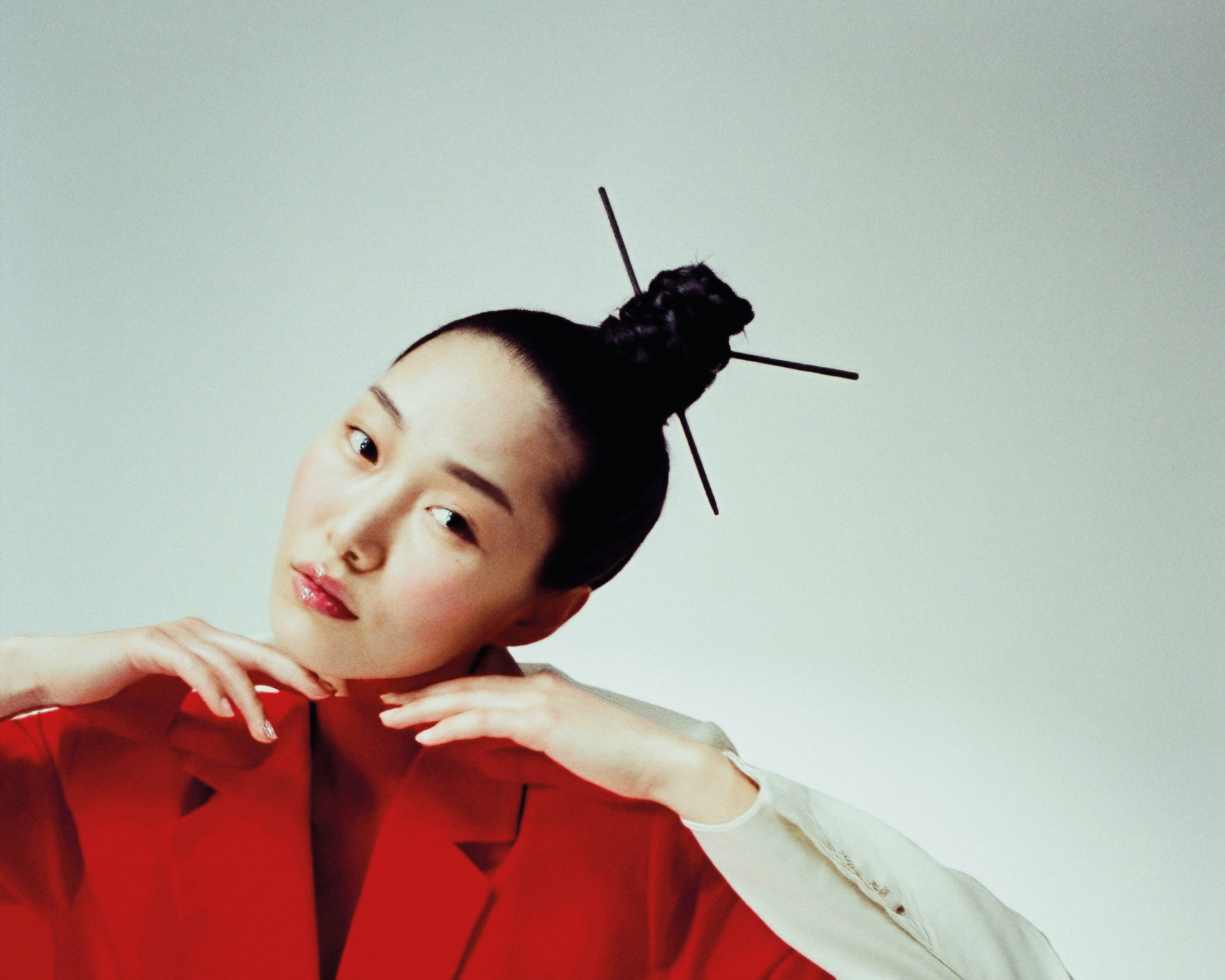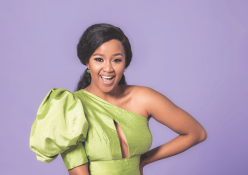In an industry as global as fashion, avoiding cultural appropriation can be a tough needle to thread. But there’s a simple way to avoid it
A TOUGH INDUSTRY
If I were to ask you to picture the average runway model, what would you see? If you’re anything like me, odds are it’s a young woman. She’s white and she’s a size 2. Now picture the designer who made the gorgeous dress she’s wearing: What do they look like? If they turned out to be white, too – I don’t blame you. I can’t because you’re most likely right. The fashion industry, in all its glory, is still painfully monochromatic. Even in the best rooms to be in – backstage at London or Paris Fashion Week, for example – black creators and models stand out from the crowd. We’re the minority, we’re often tokenised, and our work is often plagiarised. Often, we only seem to be there to tick a box. And it’s these truths that we’re forced to sit with as we hold our tongues and try to be thankful.
Now this is not to say that fashion is a racist, bigoted industry, and that any POC with runway dreams should drop them and take up accounting. But, what is true is that as a POC, fashion is that much harder of an industry to crack. I mean, think about it: How many POC models or designers can you name off the top of your head? To make the question even tougher, how many of those designers’ names are attached to houses that have existed for more than 20 years? And what does that mean when we acknowledge that fashion looks to the whole world, to all races and creeds, for inspiration? Well, it means we have to be aware of the problem that is cultural appropriation.
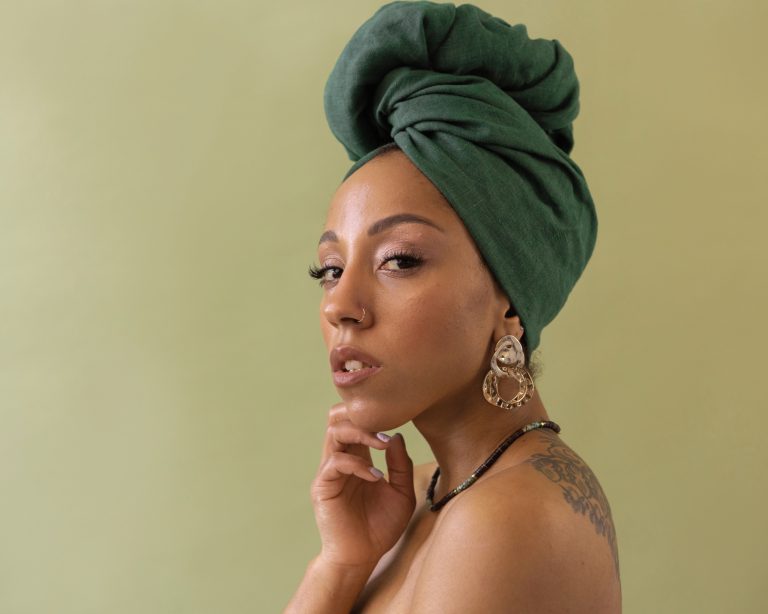
THE ‘WHAT’AND ‘WHY’
Let’s begin with a definition: Putting it simply, ‘cultural appropriation’ is when any culture in a position of power borrows from the aesthetics and traditions of a culture that is not in a power position. Now, this may not seem like a bad thing at first. In fact, many who choose to label cultural appropriation as ‘cultural appreciation’ would say it’s a good thing; that it’s a gift and gives unsung cultures a platform.
But, see, the problem is that we’re talking about fashion; an industry that, despite where inspiration may come from, is visual at its base. This means that whichever elements are taken from a certain culture, transformed in the eyes of a likely-white designer, and make their way into a collection, will only be represented visually, and in an altered form at that.
This means that the original heft or reverence these aesthetic modes may enjoy in their original contexts is, more often than not, lost. This act can be offensive, hurtful, and even retraumatising when you consider how much harder non-white folk have to work to make it in mainstream fashion. Despite this sad truth, the fashion world is rife with appropriation. The list of houses who have overstepped is a long one:
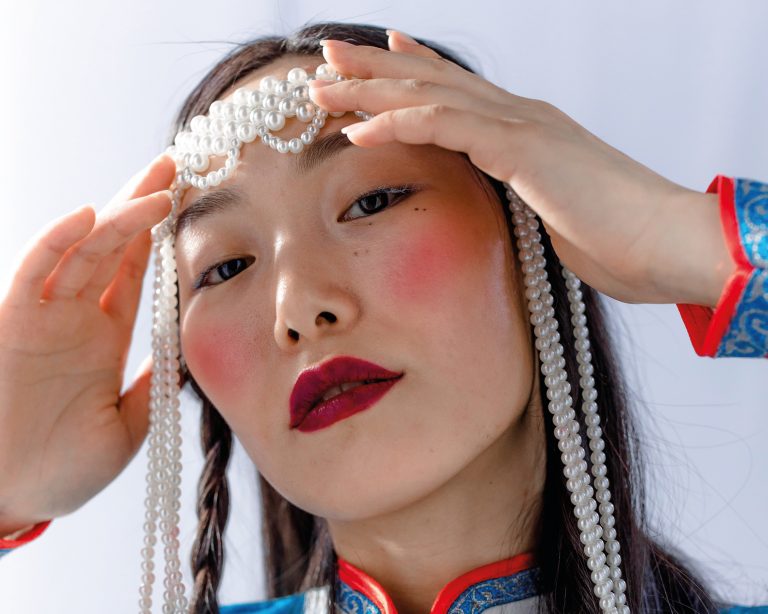
HOW IT’S GOING
For example: In 2019, Gucci had to pull a truly offensive balaclava from the market that distinctly resembled blackface, having not learned from Prada who did the same thing with a keychain the year before. Who could forget when Comme des Garcons featured white models with cornrows, or when the eternal problem-child of fashion, Dolce & Gabbana, snubbed the whole of China when it ran an ad in which a Chinese woman struggled to eat pizza with chopsticks? These are just some of the examples of hurtful stereotypes which have been perpetuated by the fashion industry, despite actively contributing to the oppression of minority cultures in the real world.
Instead of focusing primarily on these negatives, let’s look at a designer who learned from her mistakes and should serve as inspiration to designers hoping to avoid the same issues. When Maria Grazia Chiuri was the creative director of Valentino, she did a show ‘inspired by Africa.’ This was in 2016, and the show featured just under 10 non-white models. Also, all the clothes were made and shown in Paris. The house described the affair as ‘primitive… yet regal…’ in its show notes. Needless to say, her cornrow-clad collection was lampooned on arrival.
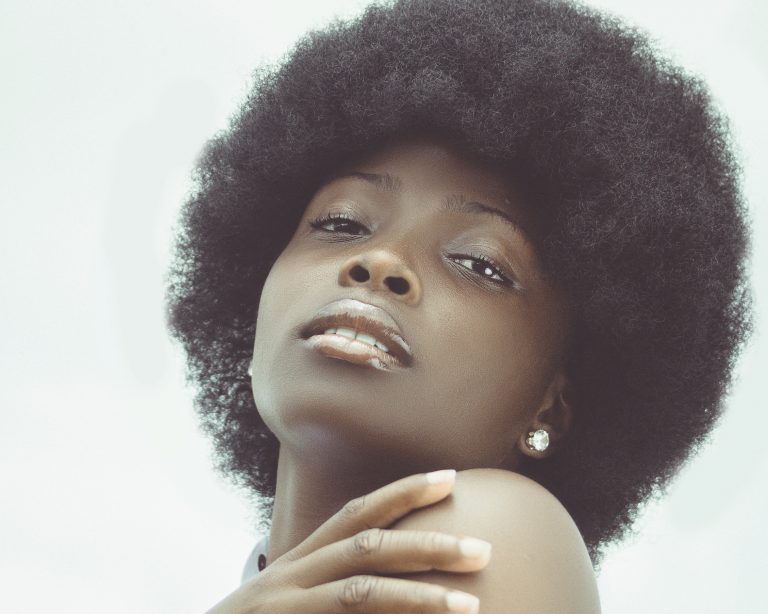
But then, having learned from her mistakes (though not having overcome her addiction to misplaced belts) she did things differently. In 2019, her Morocco-inspired collection for Dior actually took place in Marrakesh. She involved textile consultants for the fabrics and even featured local artisans’ works as part of the seating and decor for the event.
The latter is how to do it right. When anyone in fashion (an industry still dominated by the world’s former colonial powers) even so much as considers borrowing from a culture that is not their own, the very first thing should be to involve that culture in the process of bringing the idea to life. It is only by actually sharing power, giving up one’s privilege in favour of true collaboration, that the fashion world can grow and become truly intersectional. It’s simply the only way forward.
Words by Arlin Bantam
Photography: Pexels

